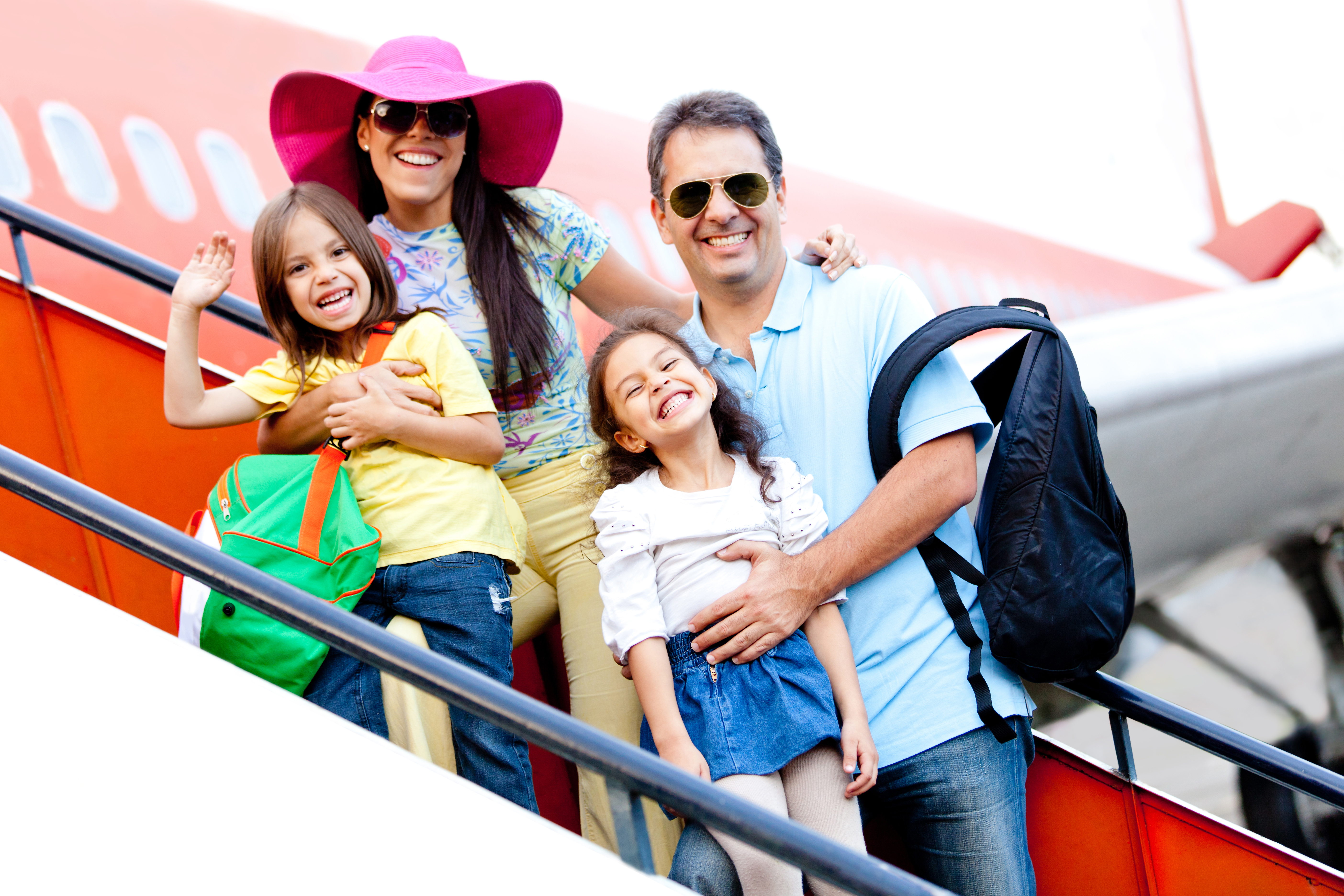Holiday travel always involves a lot of planning. After all ‘failing to plan is planning to fail’! We plan our flights, hotel bookings, sightseeing, what to shop and other lists. But do you also plan your meals, workout routines or activities to keep healthy and fit during the vacation?
There are several travel-related health concerns to think about no matter where you’re going. And here’s what you need to know to keep fit and healthy on your next holiday:
BEFORE YOUR TRIP
1. Pack these items in your carry-on. Hand sanitizer with at least 50 percent alcohol, a light shawl or coat that can be used as blanket, a travel pillow, bandages, and nasal spray are some items that need to be in your carry-on. Make sure you can reach these items easily. If needed, pack small items in a small bag then bring it in your carry-on.
2. Wear glasses instead of contact lenses. Contact lenses can dry your eyes and make them vulnerable to microbial invaders. Wearing glasses also makes you less likely to touch or rub your eyes.
AT AIRPORTS, TRAIN STATIONS, AND OTHER PUBLIC SPACES
1. Don’t stay too close from people who are coughing, sneezing or who simply look sick. Make sure that you are stay at least six feet away from those people. That’s the distance of virus-filled droplets can travel when exhaled by a flu-infected person.
2. Sanitize your hand. This important to do after you touch germy hot spots such as ATM, ticket kiosks, door handles, dining trays and tables, and anything in the bathroom. Use sanitizer on all parts of your hands, making sure to include fingertips and any rings.
3. Treat public bathrooms as a place full of germs (because they are). Do not put your bags on the floor or your toiletry kit on the counter. If possible, do your business without sitting on the toilet. Close the lid before flushing; or, if there is not one, flush as you leave to minimize spray-back.
4. Buy a bottle of water (or two) before boarding on a plane. If you anticipate brushing your teeth or splashing your face during your flight, use bottled water. While the tap water on-board has greatly improved in the last 10 years, random samplings have still every so often picked up fecal bacteria.
ON PLANE OR TRAINS
1. Don’t sit still. Sitting for long periods on a plane or in a car without moving raises the risk of developing a pulmonary embolism, a life-threatening blood clot in your lungs. If you can’t get up from your seat, flex and extend your feet at least once per hour. When driving, stop the car every two hours or so to take a walk or stretch
2. Prep your seating area. Flight attendants have little time to disinfect between flights, so break out the wipes and tackle the backseat tray table and latch, armrests, headphones, digital screens, and window shutters. Use your carry-on as storage instead of your backseat pocket.
3. Pay attention to your armrest if you’re in an aisle seat. Aisle seat passengers are particularly vulnerable. These armrests are often touched by passengers heading in and out of the restroom—and most people don’t have clean hands.
EAT HEALTHY
1. Stick to lean protein and vegetables. No matter where you travel, you’re bound to find fresh and healthy high-protein, high-fiber options to fill your plate. Avoid sugar, processed foods, and simple carbohydrates as much as you can.
2. Drink plenty of waters. If you can, choose water over other beverages while you’re in transit. Milk and juices are adequate, but avoid soda and an excess amount of alcoholic beverages.
3. Don’t forget to eat breakfast. Breakfast helps prime your system and prepares you for a full day of activities or business meetings. If your hotel offers a complimentary breakfast, choose a high fiber and protein meal such as whole grain toast with peanut butter, to give you instant energy and fill you up until lunch.
4. Pack snacks so you’re not skipping meals. Often when you’re traveling, you don’t have access to eat at regular intervals. To keep your mind and body humming, pack healthy snacks in your car or backpack.





